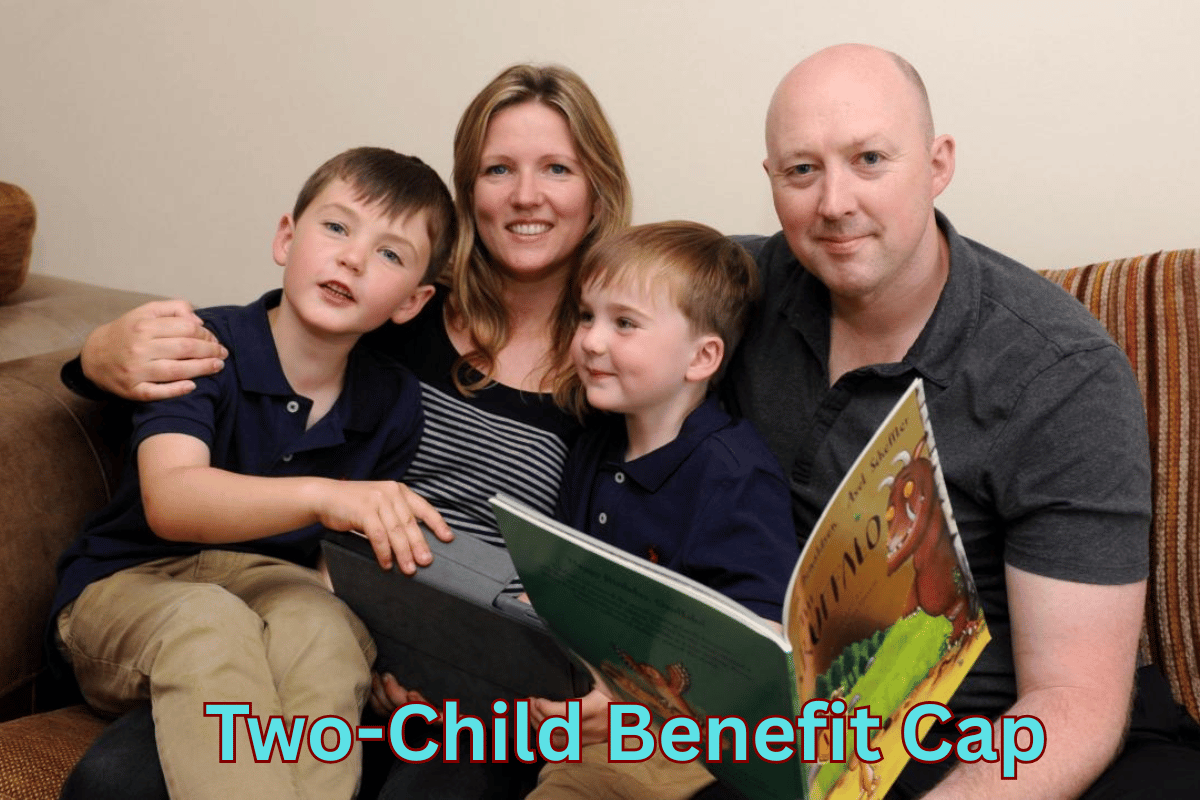The UK’s Two-Child Benefit Cap, introduced in April 2017, limits the financial support parents can receive through Universal Credit and Child Tax Credit to only their first two children. Any additional children born after this date typically do not qualify for additional financial aid—unless specific exceptions apply, such as multiple births or adoption.
This measure was part of a broader welfare reform strategy intended to encourage personal responsibility and reduce dependency on state benefits. However, since its introduction, the policy has sparked significant controversy due to its impact on larger, low-income families already facing financial pressures.

How the Policy Works
Under the cap, families are no longer entitled to receive the child element of Universal Credit or Child Tax Credit for any third or subsequent children born after April 6, 2017. Currently, this means that families could be losing out on over £3,200 per year per additional child, depending on individual circumstances.
There are some exceptions, including:
-
Children born as part of a multiple birth (e.g. twins or triplets),
-
Children adopted from local authority care,
-
Children living with guardians or carers under a non-parental arrangement,
-
Situations involving non-consensual conception (subject to sensitive verification).
While these exceptions provide relief in limited cases, the majority of families affected by the cap receive no such support.
The Scale of the Impact in 2025
As of early 2025, an estimated 1.5 million children across the UK are living in households negatively affected by this policy. Many families report skipping meals, relying on food banks, and struggling with housing costs.
According to recent data from the Child Poverty Action Group (CPAG), nearly two-thirds of families affected by the policy are in work, highlighting that the cap disproportionately impacts working-class households. The charity warns that without intervention, the situation could deteriorate further in the face of ongoing inflation and rising living expenses.
What’s Changing in 2025?
In 2025, the government has formally announced a review of the Two-Child Benefit Cap, prompted by mounting public and political pressure. The review is currently being conducted by the Department for Work and Pensions (DWP) and will explore three main options:
-
Complete repeal of the cap,
-
Relaxation of the rules with expanded exemptions,
-
Retention of the cap with financial offset through increased benefit rates.
Although no final decision has been made, insiders suggest that Chancellor Jeremy Hunt is considering reforming the cap as part of the autumn budget. Meanwhile, the Labour Party has pledged to scrap the cap entirely if it wins the next general election—a promise that has galvanized support among parents, charities, and advocacy groups.
Arguments For and Against the Cap
Supporters of the cap argue that it promotes fiscal responsibility and mirrors decisions that working families not on benefits must make. They emphasize that with public debt at record highs, the UK cannot afford to increase welfare spending significantly.
Critics, on the other hand, argue the cap punishes children for circumstances beyond their control. They highlight the moral and economic costs of pushing families further into poverty, including long-term impacts on education, mental health, and social mobility.
The Joseph Rowntree Foundation estimates that removing the cap would cost approximately £1.3 billion annually but could generate significant savings in health, education, and social services over the long term due to reduced poverty rates.
What This Means for Parents
For families already affected, the 2025 review offers a glimmer of hope. If the policy is softened or repealed, hundreds of thousands of families could see a significant boost in their monthly income by 2026. However, no changes will be applied retroactively, meaning that any past financial loss due to the cap will not be reimbursed.
Parents should:
-
Stay informed about developments through official DWP updates,
-
Check eligibility regularly for exceptions or new benefits,
-
Engage with local MPs and advocacy groups to voice their concerns.
In the meantime, support is still available through discretionary housing payments, food banks, and local council welfare schemes for those most affected.
Conclusion
The Two-Child Benefit Cap has long been a lightning rod in UK welfare policy. While intended as a cost-saving measure, it has had profound implications for low-income families. With a formal review underway and growing political momentum for change, 2025 could be the year this deeply divisive policy is finally reformed—or abolished altogether.
For parents, the coming months will be critical. Whether the cap stays or goes, the government’s decision will send a powerful signal about its priorities when it comes to supporting families and tackling child poverty in modern Britain.
